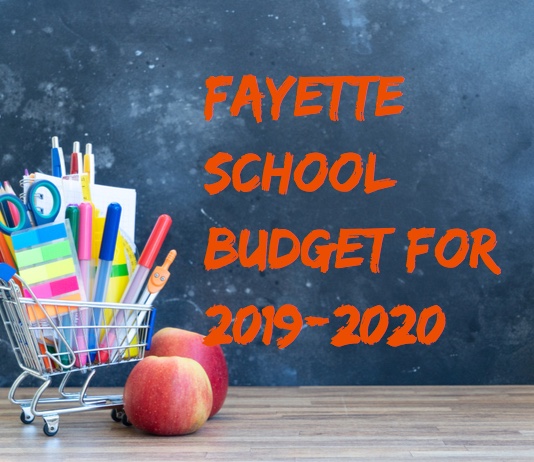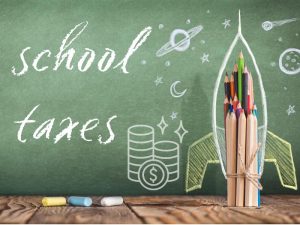Over 4 years, Fayette’s spending per student increased 11% to $10,335 per student; school budget increased $45.45 million since 2016, while student numbers remained almost flat; new staff hires, meanwhile, continue to rise —
Data from the Fayette County School System shows that spending per student has increased 11 percent since the end of the 2016 school year. Dividing the number of students per year into the total expenditures by the local system the same year yields a cost per student of $10,335 in in the 2018-2019 school year, compared to $9,297 in 2016.
For each 1.1 new students added since 2016, the system added one new staff person.
In that same period, the school system added only 261 net new students, but it hired an additional 233 new staff members, according to that data. Another way of stating what are labeled as “changes” on the document from the system is this: For each 1.1 new students added since 2016, the system added one new staff person. An additional 50 additional staff slots are in the new budget for 2020.
The Fayette County Board of Education on June 17 adopted a record-breaking general fund budget totaling $229.45 million. The proposed new budget is 25 percent heftier than the 2016 budget, an increase of $45.48 million over the 2016 budget. In the 2016 the system educated 20,093 students. In 2020, the system expects to educate 20,400 students, or 307 more students than it did for $45.48 million less in 2016.
As adopted, the $229.45 million budget was consistent with the totals reported at previous meetings, and included what is expected to be a slight millage rate rollback to 19.25 mills, or perhaps lower, from the current 19.5 mills levied by the school board.
As he stated previously, board member Barry Marchman was the lone vote against the budget, having previously said that his preference was to have the budget trimmed so taxpayers could see a larger rollback on their property taxes.
School system revenues continue to rise with increased property values that have increased over the past several years. The point made by Marchman at the May 20 budget discussion is reflective of his vote against the budget and the call to lower the millage rate significantly, even if the meant not as many additional employees were hired or if some programs would require scaling back.
From FY 2016 to FY 2020, the system will have hired 283 new staff members. Meanwhile, student numbers will have increased by 307. That’s nearly one new employee for each additional student.
“I got my [property tax] assessment this week and the assessment resulted in a higher net worth (for me) and my friends and neighbors, but not a higher cash flow. And [in this budget] we’re asking for a larger percentage of a family’s budget,” said Marchman. “Maybe that’s their vacation money or maybe it’s their grocery money. But whether it’s discretionary money or grocery money, I don’t feel like we have a right to keep taking just a little bit more of the family budget without a clear explanation, and you might argue that we are giving a clear explanation.”
The school system also collects ESPLOST (education special purpose local option sales tax) dollars totaling approximately $24 million per year.
Perhaps as significant as the budget itself is school system data covering the past five budget cycles. That data includes budget numbers from FY 2016-FY 2020, the percent increase over the prior year, the number of additional employees added to the payroll, the number of students enrolled in the school system and the property tax history.
School system data showed that for each student of the 20,093 enrolled in 2016, the expended tax money (local and state) was $9,297 (cost per student).
For each student of the 20,354 actually enrolled in 2019, the expended tax money (local and state) was $10,335 (cost per student).
Looking at the 2016-2019 school years where enrollment has been verified, the school system grew by 261 students while adding 233 employees, nearly a 1:1 ratio.
The yearly school system spending has risen from $186.454 million in 2016 to a projected $229.454 million in the 2019-2020 budget year. That’s an increase of $42.648 million, or about $138,918 for each student added since 2016.











Leave a Comment
You must be logged in to post a comment.